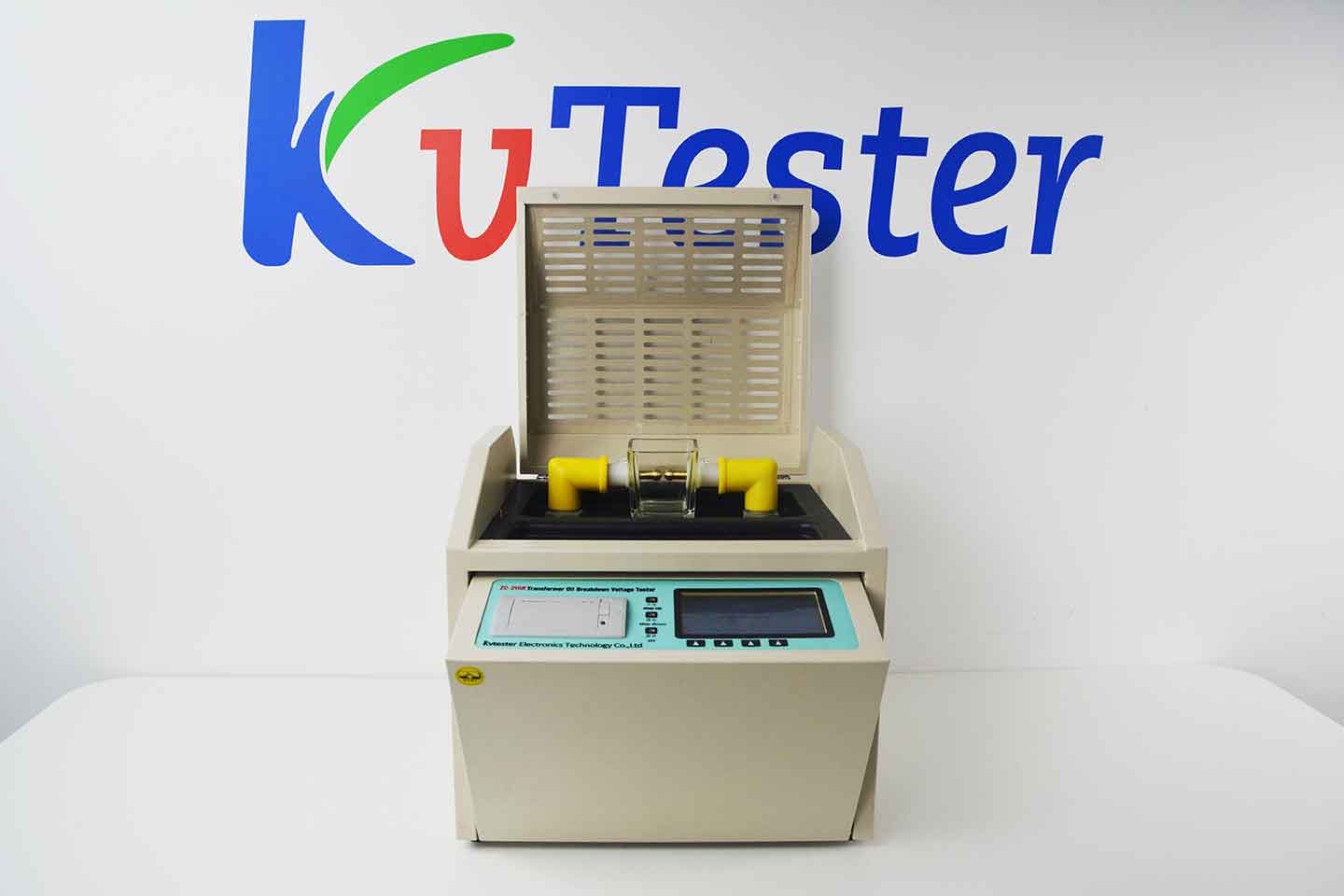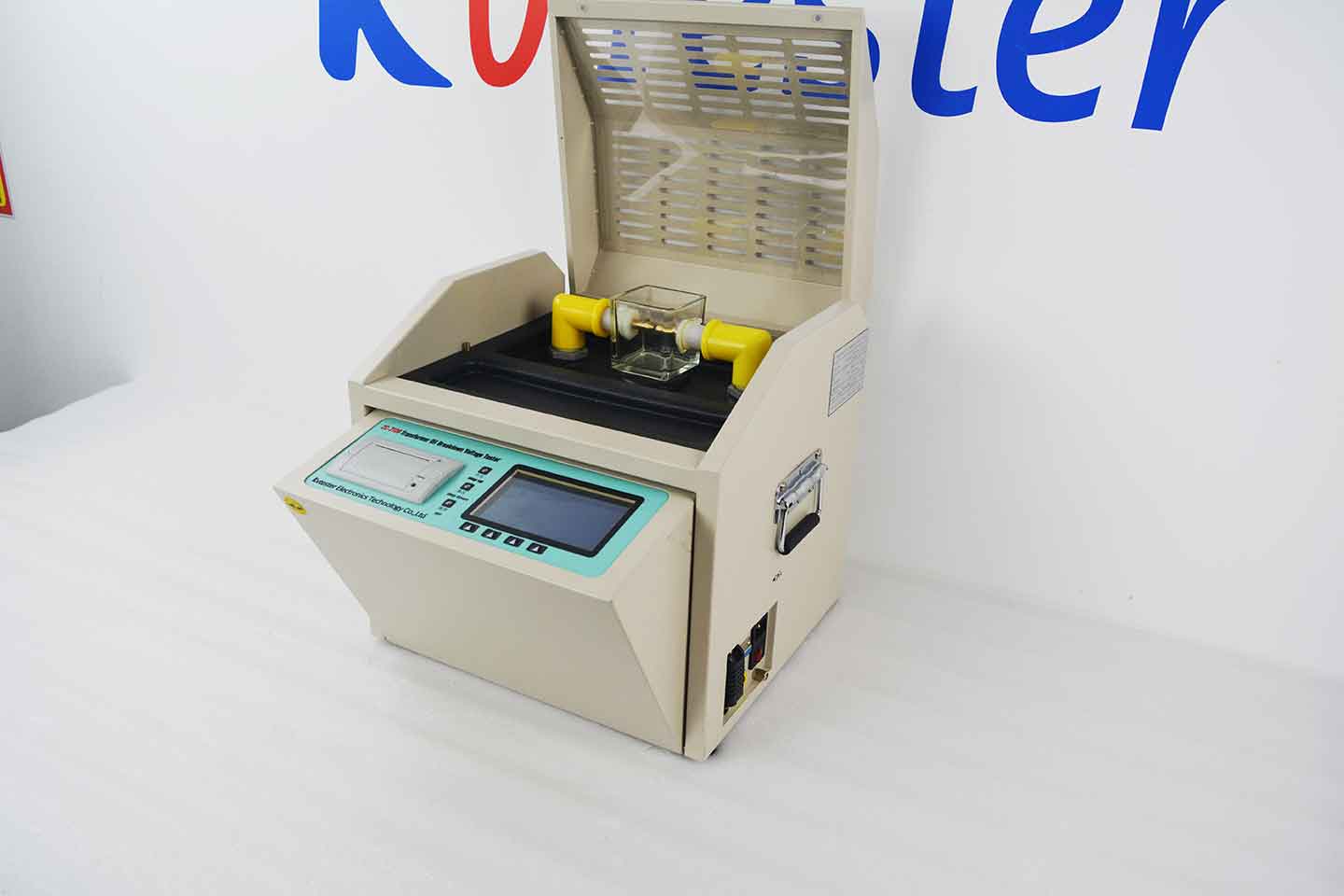Dielectric loss refers to the conductivity loss and polarization loss generated by transformer oil under the action of alternating power plants. This type of loss can lead to a decrease in insulation strength and heat transfer performance, ultimately leading to problems such as overheating, damage, and breakdown of the transformer. During the use of transformers, the dielectric loss factor can effectively determine the operating condition of the transformer, greatly reducing the risk of transformer failure.

Several reasons for exceeding the dielectric loss limit of transformer oil:
1. Moisture content
Even if the insulation materials in electrical equipment such as transformers are dried, it is impossible to completely isolate the presence of moisture, so a portion of moisture will inevitably remain. Meanwhile, during a series of transportation and installation processes, it may cause moisture to seep through the oil surface. However, in the process of transformer insulation materials and transformer re operation, due to the oxidation and Pyrolysis of transformer oil, water content in the oil increases. When the moisture content in the oil is below 40mg/L, the influence of moisture on the dielectric loss value of the oil is relatively small, while when the moisture content is greater than 60mg/L, its dielectric loss value will increase exponentially.
2. Structure of Transformer
The transformer is equipped with an oil purifier that can dry the internal moisture of the insulation, slow down the increase in moisture, and solve the problem of water content mentioned above. Due to the consideration of transformer oil leakage, some transformers have reduced this part, and this type of transformer reduces the possibility of oil leakage, but has a certain impact on the dielectric loss value.
3. The influence of impurities in the oil on the dielectric loss value.
Impurities in oil refer to impurities such as dust present in the oil and insulation materials during the installation process of transformers. After a period of time, colloidal impurities gradually precipitate. Colloidal particles have a small diameter (usually ranging from 10-gin to 10m), slow diffusion, but have a certain amount of active energy. The particles can automatically coalesce and grow from small to large, forming a coarse dispersion system. They are in a non equilibrium and unstable state, and when they exceed the colloidal range, they deposit due to gravity. After the presence of sol in the oil, when the sediment exceeds 0.02%, it may cause the conductivity to exceed the normal conductivity of the medium by several or dozens of times, leading to an increase in dielectric loss value.
4. Metal ions caused by copper metal wear.
The corrosion of copper metal components in transformers leads to an increase in the concentration of copper ions in the oil, resulting in an increase in dielectric loss values.
5. Microbial contamination issues.
During the installation and maintenance process of transformers, there is microbial contamination such as bacteria, and in the oil, there are minerals, water, and other components required for microbial growth and reproduction. Due to the abundant protein content of microorganisms and their inherent colloidal properties, microbial contamination of oil is actually a type of microbial colloid pollution. Microbial colloids carry electric charges, which increases the conductivity of the oil and leads to increased conductivity loss. The transformer oil is located in a fully sealed, anoxic, and matte body, and the microorganisms present in the oil are anaerobic and photophobic. Conducting dielectric loss testing after a long period of storage, especially when placed in a colorless transparent glass bottle, will result in a smaller dielectric loss value. Transformers carry different loads and operate at different oil temperatures during different periods, and the growth rate of microorganisms varies at different temperatures. When operating at oil temperatures ranging from 50 ℃ to 70 ℃, the growth rate is the fastest, resulting in a relatively rapid increase in dielectric loss. Therefore, temperature has a significant impact on the growth of microorganisms in the oil and the performance of the oil. Generally, the medium loss factor in winter is relatively stable.
The excessive dielectric loss of transformer oil generally includes the following reasons, and corresponding measures are taken for each reason.

ZC-210B full-automatic insulating oil Dielectric strength tester is a high-precision, fully digital industrial instrument developed by all scientific research and technical personnel of our company according to the relevant provisions of the national standard GB/T 507-1986 and the industrial standard DL/T 474.4-2006 and DL/T 596-1996, giving play to its own advantages, after many on-site tests and long-term unremitting efforts. To meet the needs of different users, this series of instruments can be divided into single cup three cup and multi cup models. The instrument is easy to operate and has a beautiful and elegant appearance. Due to the use of fully automatic digital microcomputer control, the measurement accuracy is high, the anti-interference ability is strong, and it is safe and reliable.
Kvtester Electronics Technology Co.,Ltd. is a high-tech enterprise specializing in power testing, testing, research and development, production, and sales of testing equipment. It has been engaged in the electrical testing industry for many years, and its products are of high quality. We welcome customers to come and purchase.






